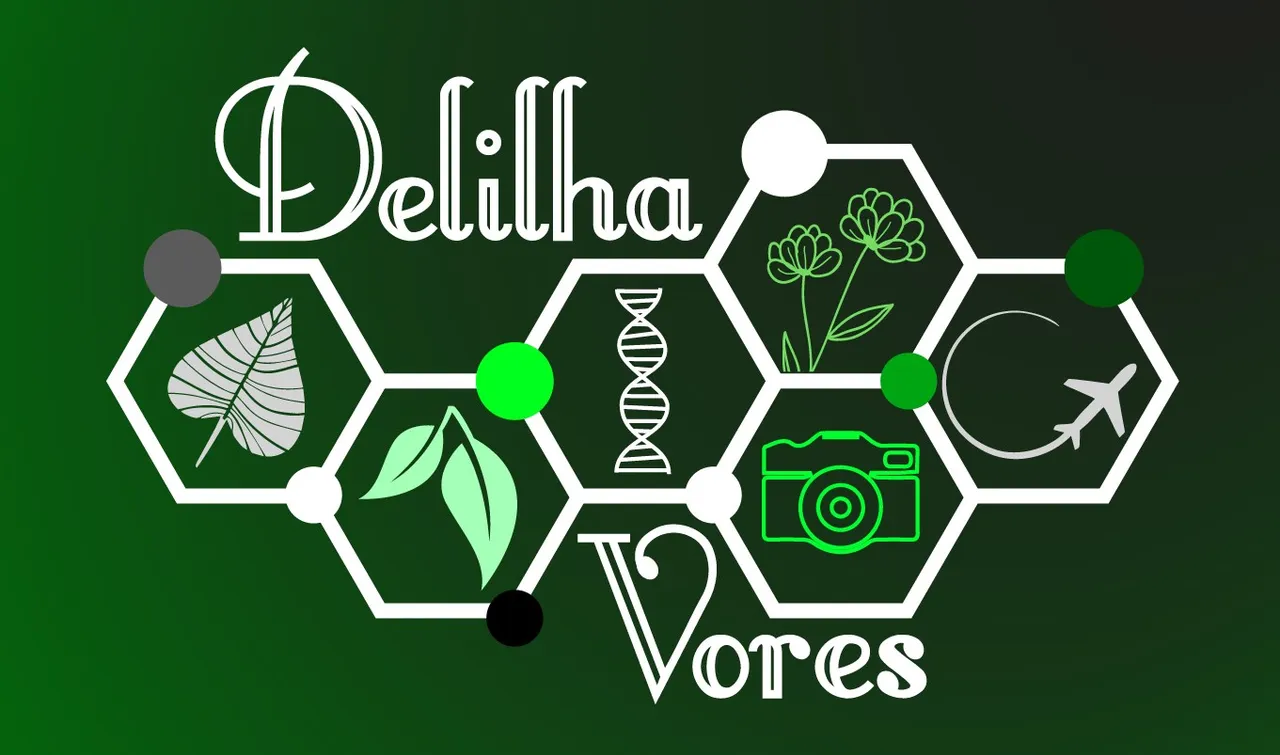Hello dear friends,
Today I would like to share my culinary adventures during my holiday in Malta. I hope you will find them interesting too!
The food aspect is always a bit complicated when I go on holiday. Here's why:
- First of all, because I'm vegetarian, while my boyfriend is not, and therefore we have to find places where we can satisfy both requests;
- Secondly, because I’m Italian, and this means that I have quite high standards because I love cooking and I’m used to eating well. Abroad it is not always easy to eat healthily, with fresh food that has not walked hundreds of km to get to the destination;
- Last but not least, the trip to Malta had to be absolutely cheap! So, no starred and expensive restaurants, but we preferred food with a good quality/price ratio.
Ciao cari amici,
Oggi vorrei condividere le mie avventure culinarie durante la vacanza a Malta. Spero che potranno essere interessanti anche per voi!
L’aspetto del cibo è sempre un po’ complicato quando vado in vacanza. Ecco perché:
- Prima di tutto, perché sono vegetariana, mentre il mio fidanzato no, e quindi dobbiamo trovare dei locali dove possiamo accontentare entrambe le richieste;
- Successivamente, perché sono italiana, e questo comporta che ho degli standard abbastanza elevati perché adoro cucinare e sono abituata a mangiare bene. All’estero non è sempre facile mangiare in maniera sana, con cibi freschi che non abbiano camminato centinaia di km per arrivare a destinazione;
- Infine, non meno importante, la gita a Malta doveva essere assolutamente economica! Quindi, niente ristoranti stellati e costosi, ma abbiamo preferito cibo con buon rapporto qualità/prezzo.

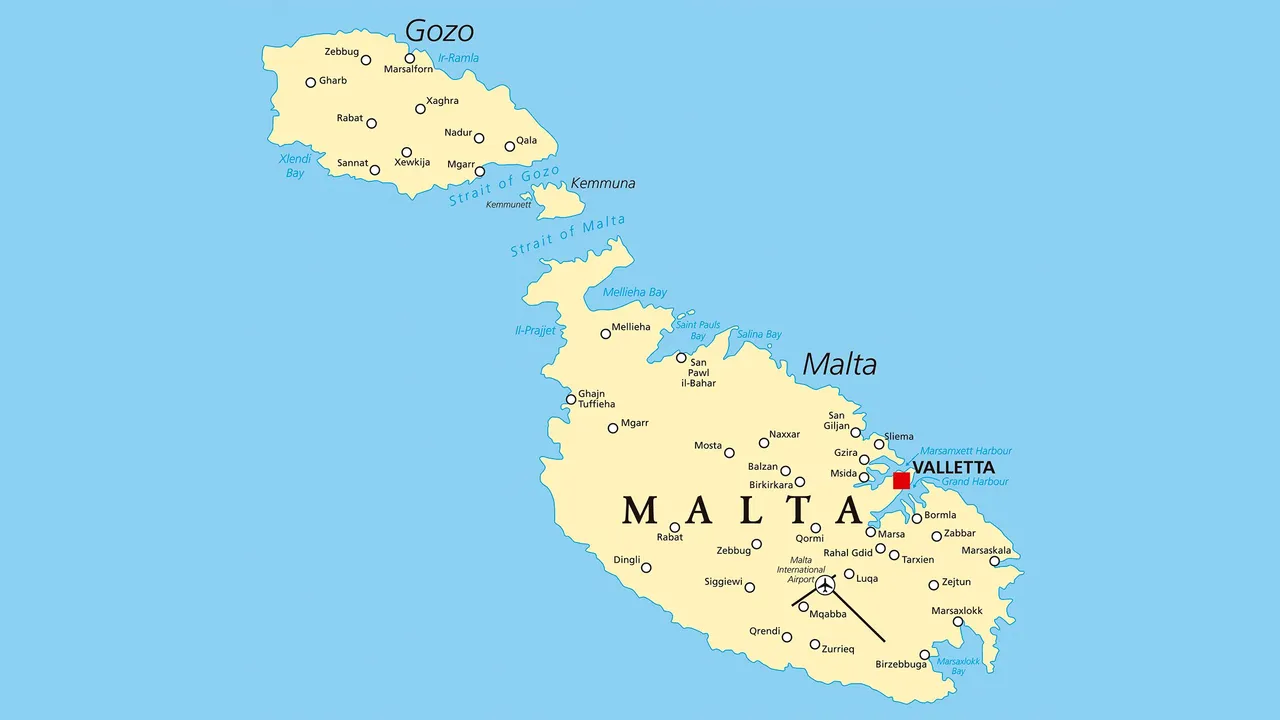
Let's start with the drinks, which are surprising.
Did you know that in Malta they drink sea water? The island has very few sources of fresh water, so the Maltese have equipped themselves to make sea water drinkable by removing salt, in a process called desalination.
This means that tap water has a very particular taste and is rich in chlorine, which is necessary to eliminate microbes and germs. Some people even find it indigestible. I personally think that it is simply different from what I am used to, but that is not bad. In fact, some studies have decreed that Malta's water is the safest drinking water in Europe, precisely because of its numerous controls!
The consequence of desalination is that tap water is completely free of salts. For human nutrition, however, mineral salts are essential at all ages: in children for the development of bones and in adults for the prevention of osteoporosis. Therefore, in Maltese bottled water intended for human consumption, you will find the list of ingredients that explains how mineral salts such as magnesium and calcium are added to the water.
I found this aspect very interesting because, unlike Malta, in my country there is no list of ingredients on bottles of water, as they are made only of water without adding anything.
Iniziamo dalle bevande, che sono sorprendenti.
Sapete che a Malta si beve l’acqua di mare? L’isola presenta pochissimi fonti di acqua dolce, quindi, i maltesi si sono attrezzati per rendere potabile l’acqua di mare privandola del sale, in un processo che si chiama desalinizzazione.
Questo comporta che l’acqua del rubinetto ha un sapore molto particolare ed è ricca di cloro, necessario per eliminare microbi e germi. Ad alcune persone risulta addirittura indigesta. Io personalmente penso che sia semplicemente diversa da quella a cui sono abituata, ma non è male. Anzi, alcuni studi hanno decretato che l’acqua di Malta è l’acqua da bere più sicura d’Europa, proprio a causa dei suoi numerosi controlli!
La conseguenza della desalinizzazione è che l’acqua del rubinetto è completamente priva di sali. Per l’alimentazione umana, però, i sali minerali sono essenziali a tutte le età: nei bambini per lo sviluppo delle ossa e negli adulti nella prevenzione dell’osteoporosi. Quindi, nelle acque maltesi in bottiglia destinate all’alimentazione umana, trovate la lista di ingredienti che spiega come l’acqua venga addizionata di sali minerali come magnesio e calcio.
Ho trovato questo aspetto molto interessante perché, a differenza di Malta, nel mio Paese non è presente la lista di ingredienti nelle bottiglie di acqua, in quanto sono formate unicamente da acqua senza aggiunta di nulla.

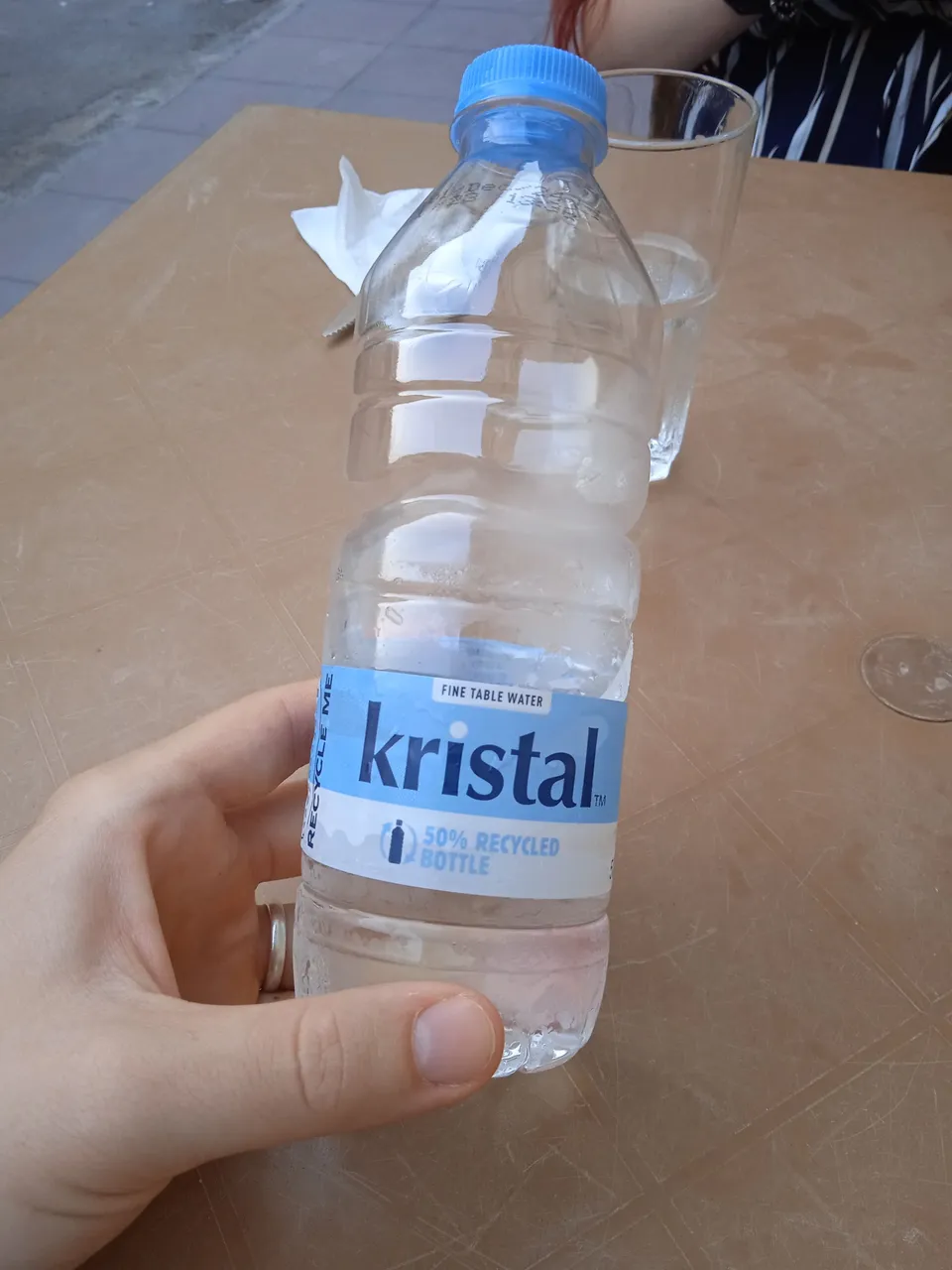
 |
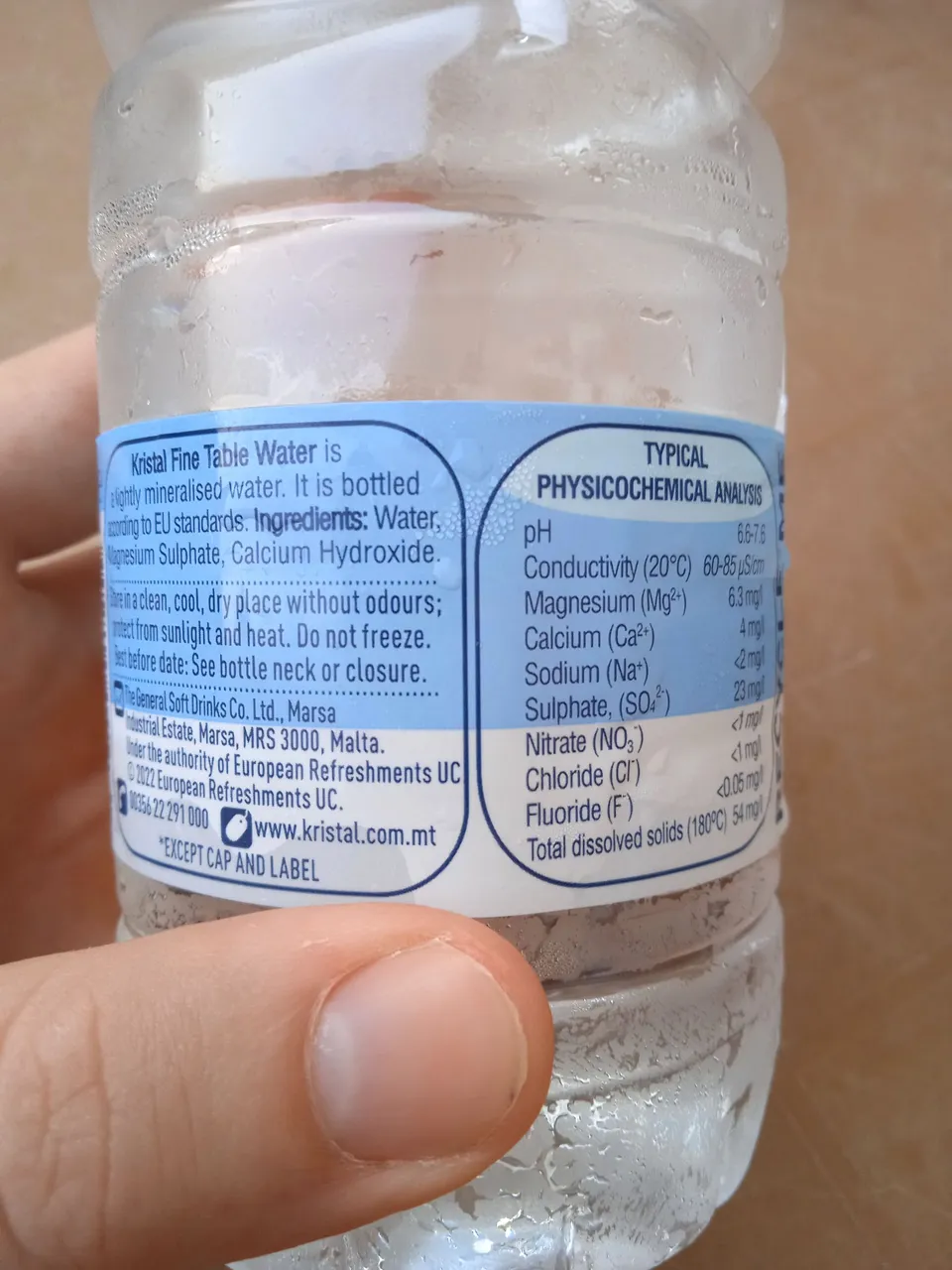 |
The second miracle of the island of Malta is Cisk beer.
It is a very interesting beer produced by a company called Farsons. This company deals with the production of numerous drinks in the Maltese territory and was founded in 1928, almost a century ago!
Cisk beer exists in many types: lager, premium lager, extra strong, orange, ... and during my stay in Malta I had the opportunity to taste almost all of them. They are beers with a strong taste and decidedly cheap because the entire production chain and sales take place exclusively at a local level.
Il secondo miracolo dell’isola di Malta è la birra Cisk.
Si tratta di una birra molto interessante prodotta da un’azienda chiamata Farsons. Questa azienda si occupa di realizzare numerose bevande nel territorio maltese ed è stata fondata nel 1928, quasi un secolo fa!
La birra Cisk esiste di numerosi tipi: lager, premium lager, extra strong, orange, … e durante il mio soggiorno a Malta ho avuto modo di assaggiarle quasi tutte. Sono birre da un gusto deciso e decisamente economiche perché tutta la filiera produzione e la vendita avviene esclusivamente a livello locale.

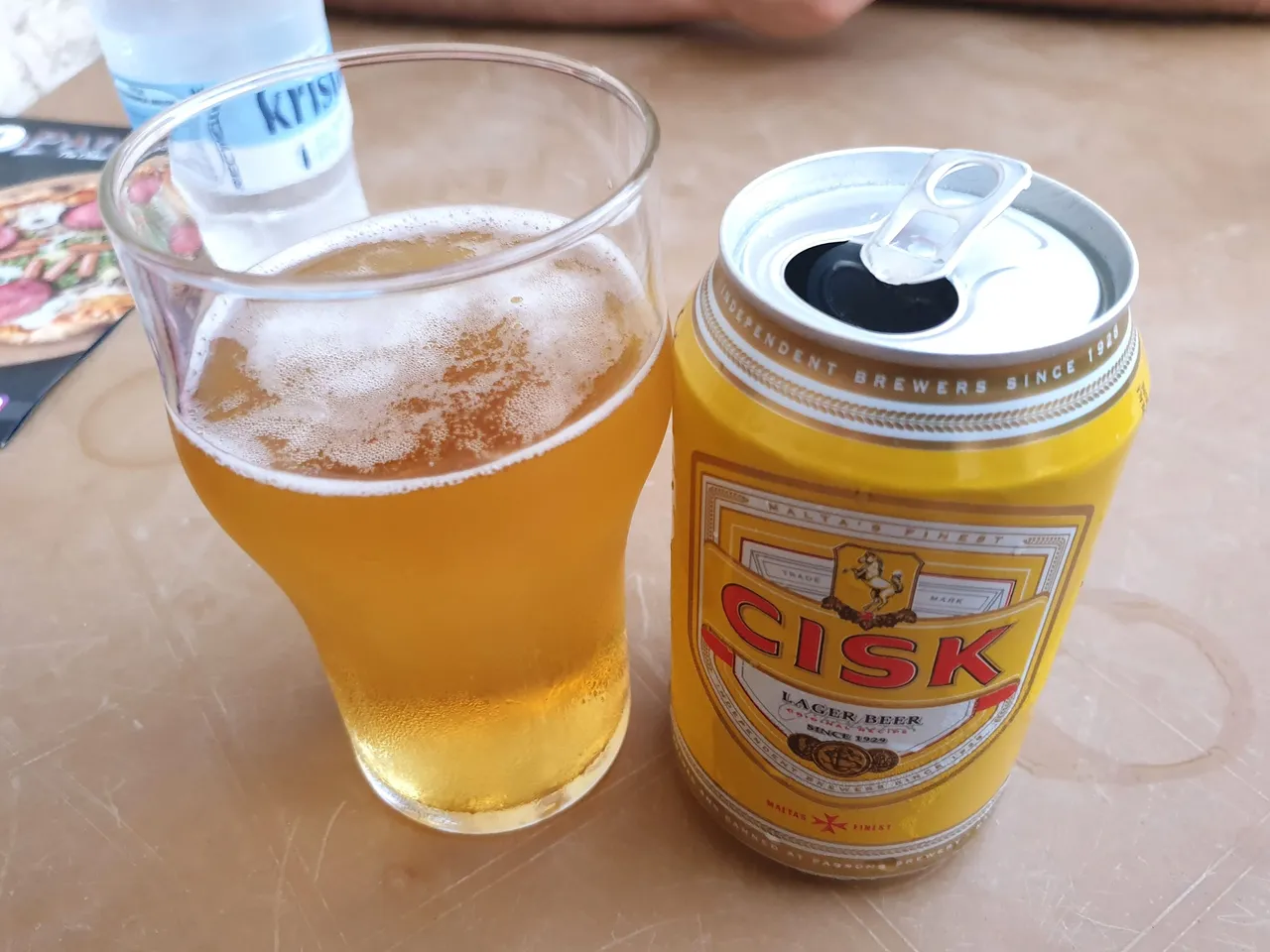
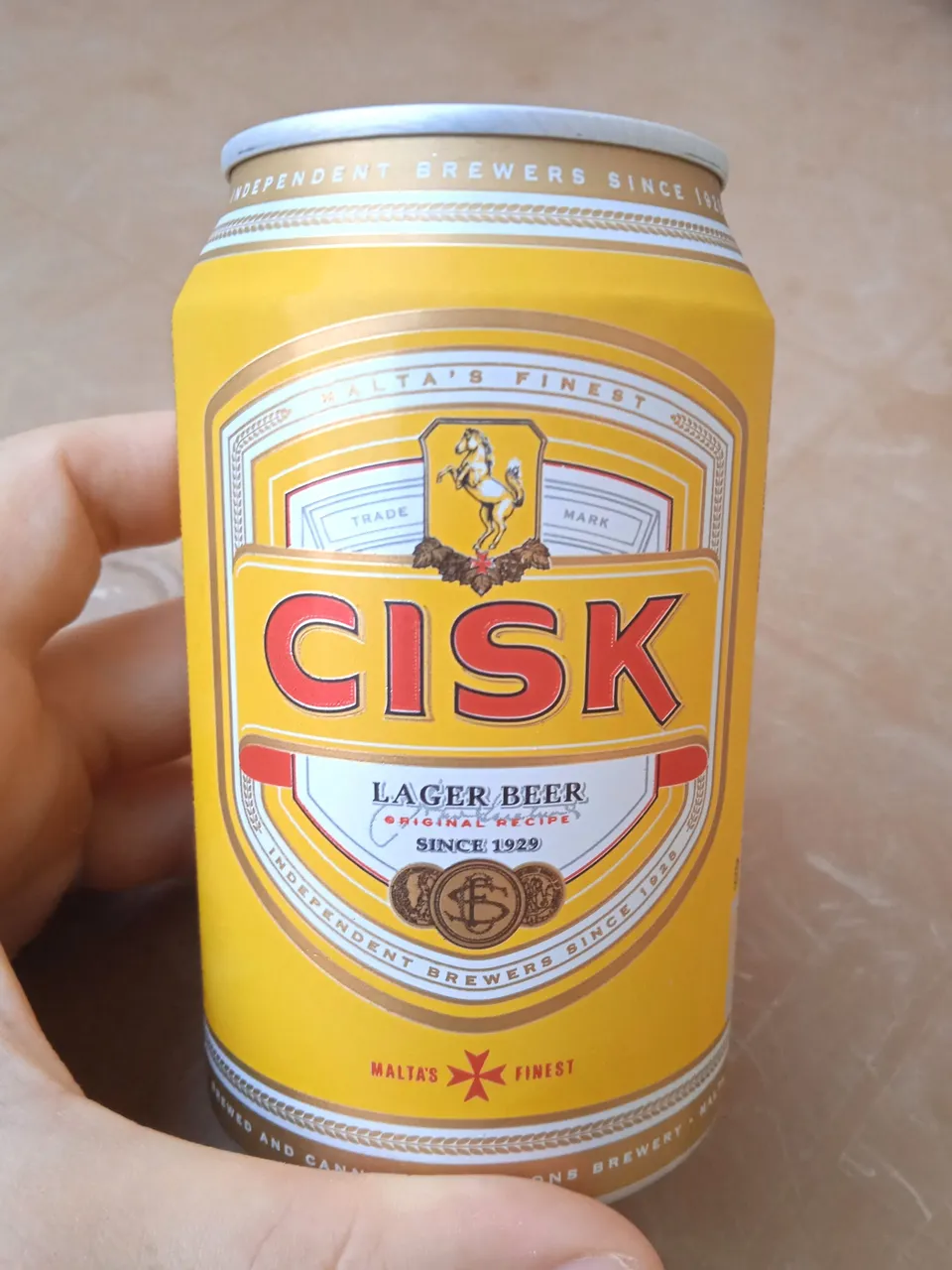
During my stay in Malta I also had the opportunity to taste the national drink of the country, called Kinnie. It’s the drink that all Maltese drink and is sold on every corner; there is nothing better than a glass of Kinnie with lemon and ice during the hot summer days!
It’s a slightly carbonated drink made with bitter oranges and absinthe. The recipe is secret, although it is certain that it contains ginseng and rhubarb. The color is brown with orange reflections and it does not contain alcohol.
Kinnie was invented by the Maltese company Farsons, the same one I told you about before. It was created as an alternative to Coca-Cola in post-war Europe in 1952.
Nowadays, there are different versions of Kinnie: original, sugar-free, … The drink has been very successful because nowadays it is produced in Malta and exported to the UK, Germany, Czech Republic, Poland, Netherlands, Switzerland, Canada, Australia, France, Austria, Lithuania, Greece and Libya.
Durante il soggiorno a Malta ho avuto modo di assaggiare anche la bibita nazionale del Paese, chiamata Kinnie. È la bibita che bevono tutti i maltesi e viene venduta in ogni angolo; non c’è niente di meglio di un bicchiere di Kinnie con limone e ghiaccio durante le giornate calde estive!
Si tratta di una bevanda leggermente gassata realizzata con arance amare e assenzio. La ricetta è segreta, anche se è sicura la presenza di ginseng e rabarbaro. Il colore è marrone con riflessi arancioni e non contiene alcol.
La Kinnie è stata inventata dall’azienda maltese Farsons, la stessa di cui vi ho parlato prima. Fu ideata come alternativa alla Coca-Cola nell’Europa post-bellica del 1952.
Al giorno d’oggi, esistono diverse versioni di Kinnie: originale, senza zuccheri, … La bevanda ha avuto molto successo perché al giorno d’oggi viene prodotta a Malta ed esportata in UK, Germania, Repubblica Ceca, Polonia, Paesi Bassi, Svizzera, Canada, Australia, Francia, Austria, Lituania, Grecia e Libia.

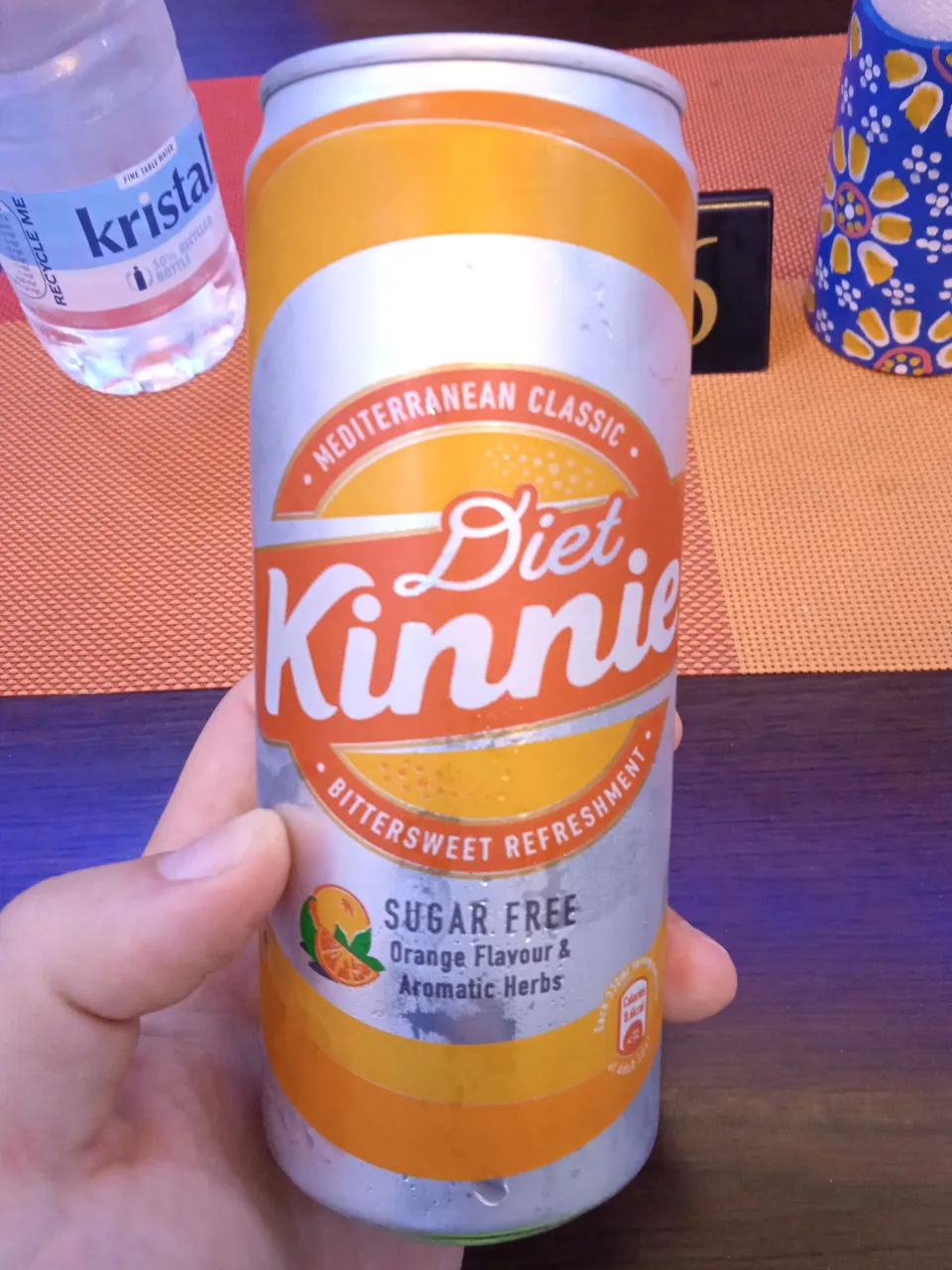
I hope you enjoyed this first part of the story about what I ate (and drank!) in Malta during my holiday. I'll see you at the next appointment!
See you soon,
Delilha
Spero che vi sia piaciuta questa prima parte del racconto su cosa ho mangiato (e bevuto!) a Malta durante la mia vacanza. Vi aspetto al prossimo appuntamento!
A presto,
Delilha

